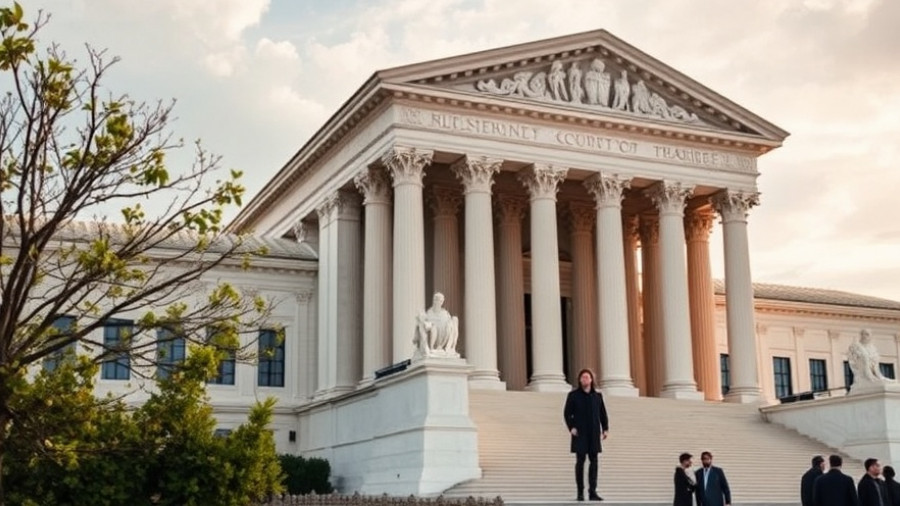
The Impending Supreme Court Ruling on Trump Tariffs Explained
The upcoming Supreme Court decision regarding the tariffs imposed by former President Trump carries significant weight—transforming the landscape of American trade policy and clarifying the distribution of economic power among the branches of government. Set against the backdrop of the International Emergency Economic Powers Act (IEEPA), the case raises fundamental questions about executive authority and Congressional power that could shape U.S. trade law for years to come.
Understanding the Tariffs and the Economic Stakes
President Trump instituted emergency tariffs on goods imported from major trading partners including China, Mexico, and Canada—a move hailed by some as a strategy to protect American jobs and criticized by others for its immediate economic repercussions. According to current estimates, these tariffs contribute over $2.3 trillion in projected tax revenue over the next decade while simultaneously imposing an average annual tax increase of $1,600 on American households, burdening them with significant costs.
Legal observers note that this marks both the largest peacetime tax increase in U.S. history and represents a potential economic downturn of 0.5%, alongside the loss of approximately 489,000 jobs. The tariffs exemplify a shift in U.S. trade law that could challenge centuries-old doctrines regarding taxation, representing more than just a fiscal policy adjustment. As highlighted by Stanford Law Professor Michael McConnell, the separation of powers, foundational to the Constitution, hinges on the outcome of this case, a sentiment echoed across the legal community.
Legal Challenges and Small Business Backlash
Various stakeholders, from small businesses to state governments, have aggressively challenged Trump’s executive tariffs in court. These groups argue that the expansive application of IEEPA for tariff implementation violates constitutional principles. Specifically, small business plaintiffs like Learning Resources and hand2mind assert that the tariffs unnecessarily inflate costs and threaten to decimate their operations.
The legal contention rests on whether IEEPA confers broad executive powers to levy taxes on imports—a question of critical importance. Courts have previously interpreted IEEPA as a mechanism for addressing immediate national security concerns rather than as a tool for imposing economic taxation. As suggested by legal experts, historical precedent demonstrates that Congress has traditionally retained tariff-levying powers, thus reinforcing the argument for limiting presidential overreach.
The Major Questions Doctrine: A Critical Evaluation
At the heart of the current challenge is the “major questions doctrine,” a legal principle asserting that Congress must provide explicit authorization for significant policies affecting public welfare. The Trump administration’s reliance on IEEPA has raised alarm about executive overreach, with critics insisting that such sweeping powers should not be granted without clear guidelines established by Congress.
Furthermore, as the impending Supreme Court ruling approaches, it remains vital for all American citizens, particularly taxpayers and small business owners, to stay cognizant of how legislative actions can directly affect their livelihoods. Should the high court side with the challengers, the outcome could significantly alter the way tariffs are imposed, reinstating Congress’s pivotal role in tax legislation.
Conclusion: The Potential for Lasting Change
As the Supreme Court prepares to hear arguments regarding these tariffs, the implications of their ruling will likely reverberate through American economic and legal landscapes for years to come. Citizens should prepare for the potential transformation of trade policies and the restoration of checks and balances that have historically shaped the American economy.
 Add Row
Add Row  Add
Add 

 Add Row
Add Row  Add
Add 



Write A Comment